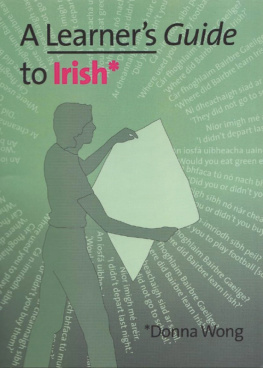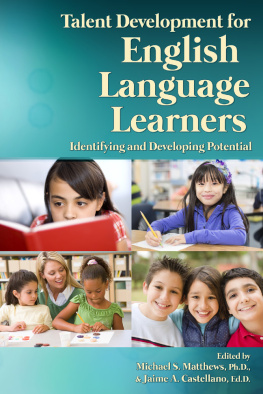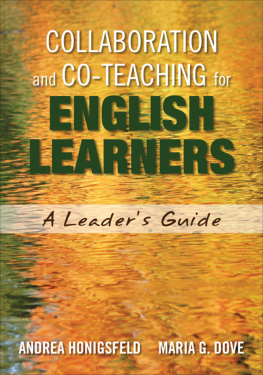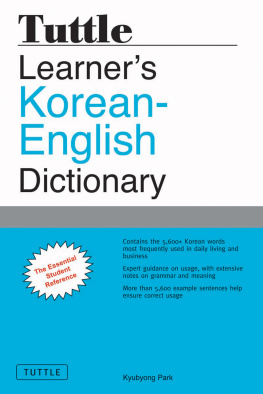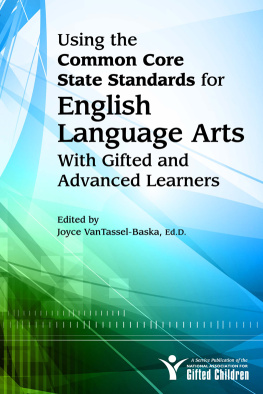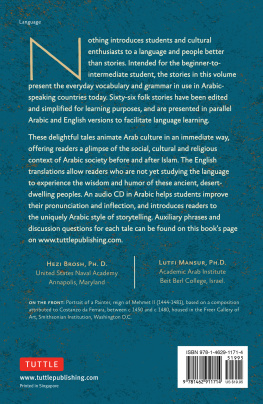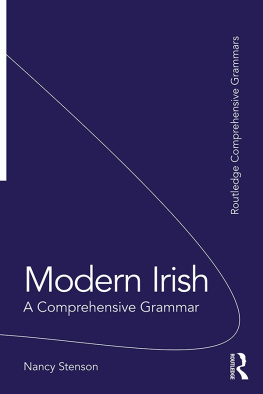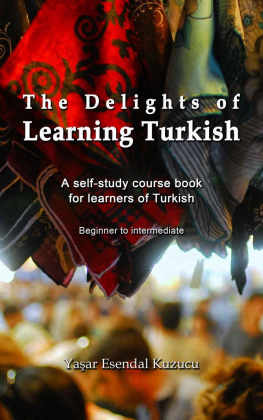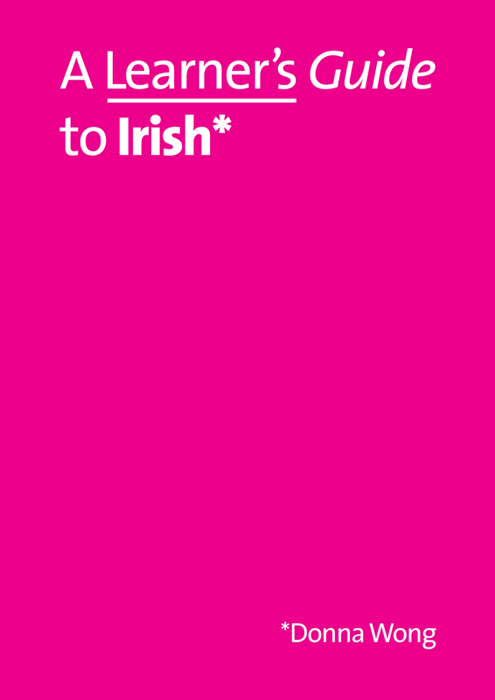All rights reserved. No part of this publication may be reproduced, stored in a retrieval system or transmitted in any form, by any means, electronic, mechanical, photocopying, recording or otherwise without the written permission of the publisher and copyright owner.
T Cois Life buoch de Bhord na Leabhar Gaeilge agus den Chomhairle Ealaon as a gcnamh le foilsi leabhar Gaeilge.
Foilsitheoir/Publishers: Cois Life 2004
Donna Wong
ISBN 1 901176 48 7
Comhairleoir eagarthireachta/Editorial consultant: Ciarn Mac Murchaidh
Cldach agus dearadh/Cover and design: Eoin Stephens
Cldir/Printers: Criterion Press
www.coislife.ie
62 Pirc na Rs, Ascaill na Cille, Dn Laoghaire, Co. Bhaile tha Cliath, ire
Introduction
The Author
The Author is the entity who composes, revises, and agonizes over the Book.
There are two aspects of the Author that it is useful to know:
1) experience of the subject of the Book;
2) motivation for devising the Book.
I. Experience of Modern Irish
First of all, the Author is not one of the elect who acquire a new language effortlessly and unerringly. The Author is a native speaker of American English who had had no formal instruction in grammar, linguistics, or a Celtic language when she was introduced to Modern Irish. She spent five semesters studying Modern Irish at the University of California, Berkeley and at Harvard University, and spent time in the Irish-speaking areas of Ballyferriter and Carraroe. Her most valuable experience by far was three weeks of intensive tutoring by Samas An Buach Cualin and Mchel An tIascaire Mac Con Iomaire, two superb Irish teachers who are also native speakers from Conamara (see also Acknowledgements).
What the Author did not learn from instructors, she learned by attending reading groups, working through texts, conversing with more advanced speakers, and grappling with grammar until the fascination of what was difficult resolved into the elation of what made sense.
II. Motivation for Writing a Modern Irish Textbook
In 1999 the Author was asked to teach second-year Irish at Boston College and began searching for a suitable textbook. Her own instructors had assigned Irish for Everyone, Bunts Cainte 1, Learning Irish, New Irish Grammar, and Progress in Irish, and she had later acquired Beart agus Briathar, Bunts Cainte 2-3, and Cogar! But the books that teach through dialogue do not explain grammar, the books that explain grammar offer too few examples, and the books that abound in examples assume familiarity with the language, the grammar, and/or linguistics. As a result, the Author had to concoct dozens of grammar handouts and exercises to fill in the gaps for her students. By the end of the year she had written 65% of the textbook she wished were available and resolved to write the remaining 35%. As the Author revised and expanded her handouts, she tested many of them in her first- and second-year Irish classes at Boston College and the Harvard Extension and Summer Schools. She also appealed to other Irish teachers for feedback on specific sections. The result is the Book.
The Book
The Book is the version of the work that exists when the Author despairs of perfecting it.
There are four aspects of the Book that it is useful to know:
1) intended audience;
2) organization and conventions;
3) recommended use;
4) limitations of liability.
I. Intended Audience
The Author wrote the Book from the perspective of an English-speaking learner of Irish, as an aid to other English-speaking learners of Irish, regardless of age, occupation, nationality, and motive. Her students have been undergraduates, graduates, professionals, retirees, people who have studied many languages, and people who have studied none. They have been as young as ten and old enough to have adult grandchildren. All that is required is a steadfast desire to learn Modern Irish and a willingness to invest the necessary time and effort.
The Book assumes no prior knowledge of Modern Irish and minimal knowledge of English grammar, so it will serve beginners ranging from those who have no experience of the Irish language and/or English grammar, to those who have an elementary grounding in both areas. Intermediate learners and instructors may use it as a reference tool and as a collection of alternatives to traditional categories and exercises.
II. Organization and Conventions
The Book is divided into sections and subsections, depending on the complexity of each topic. For example, the section Lookalikes has no subsections because it is simply a field guide to common little words. In contrast, the section Adjectives has numerous subsections that discuss aspects such as Predicative vs. Attributive, Plurals, Mutations, and First Declension.
Where subsections exist, their order of presentation is from simplest to most complicated. That is, the material in the first subsection prepares you to understand the second, third, and ensuing subsections, and the more you know, the more subsections you can skip. It is recommended that you skim all of the subsections on your first reading to confirm that you are familiar with grammatical terms as they are used in the Book.
A reference to a section indicates that every one of its subsections is relevant, e.g. Tools encompasses all subsections of the section Tools.
A reference to a specific subsection indicates that it alone is immediately relevant, e.g. Tools: The Dnaill Dictionary points to only one of the subsections of the section Tools.
References to more than one subsection under the same section heading are separated by a tilde, ~, e.g. Adjectives: Plurals~Mutations recommends two of the subsections of the section Adjectives.
Finally, the Author has boldfaced key phrases and terms. She has also underlined corresponding phrases in Irish and in translation, letters of a noun that change from case to case, mutations, and other important features.
III. Recommended Use
The Book will be most useful when used in conjunction with a class or a textbook that omits grammatical explanations. Read through the entire Table of Contents to get an idea of what is available. Then, as you work through the course, read the sections and subsections that address your current questions.
That said, every beginner should read Tools, which explains how to use the three most useful Modern Irish dictionaries. Never

